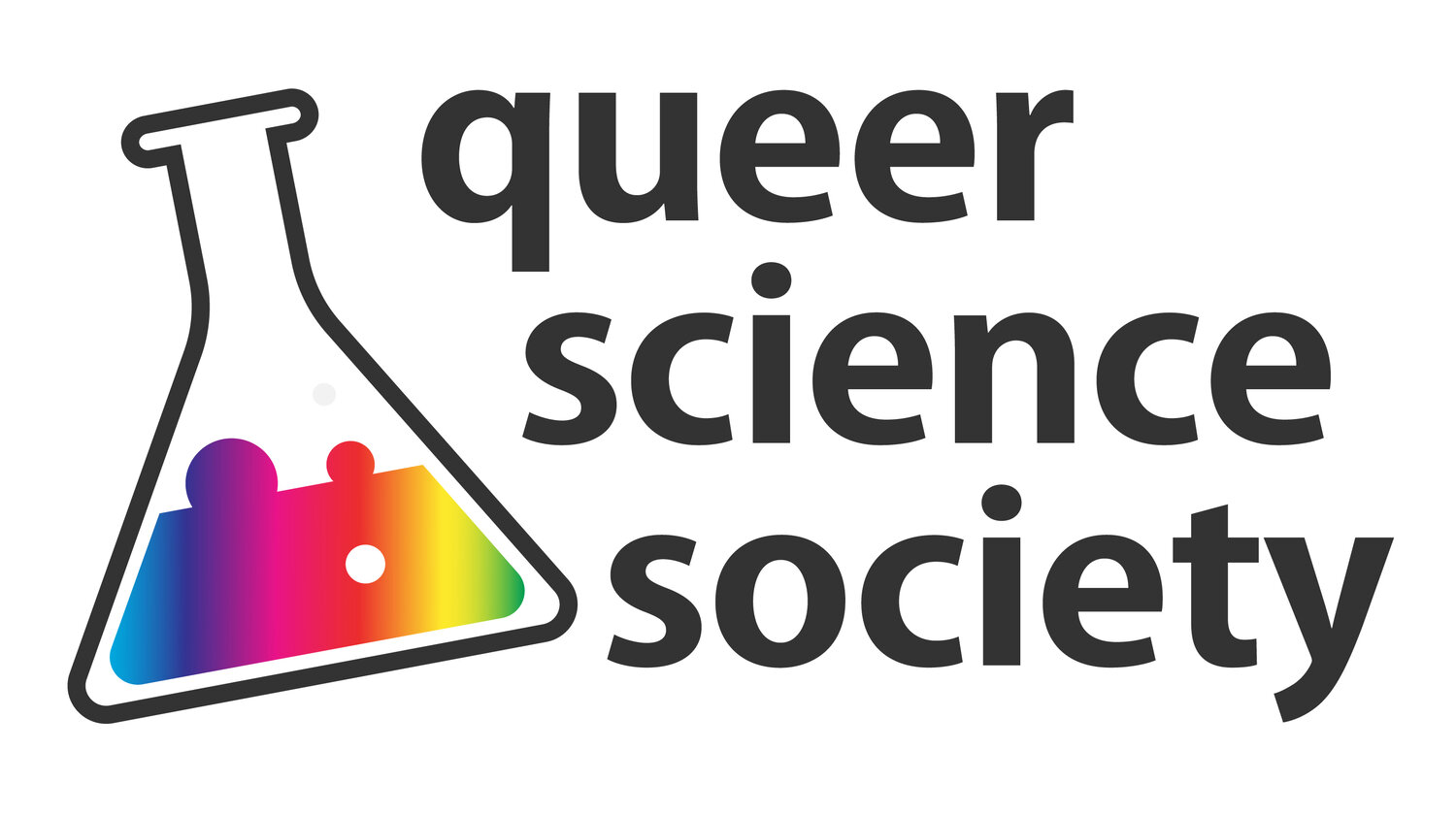9/13/21 meeting: sexual orientation fluidity
Next week we will discuss a recent publication in Scientific Reports on testing how people label their sexual orientation.
See the paper “Exposure to continuous or fluid theories of sexual orientation leads some heterosexuals to embrace less-exclusive heterosexual orientations” here: https://www.nature.com/articles/s41598-021-94479-9
The abstract does a good job summarizing the results:
We examined whether heterosexual individuals’ self-reported sexual orientation could be influenced experimentally by manipulating their knowledge of the nature of sexual orientation. In Study 1 (180 university students, 66% female) participants read summaries describing evidence for sexual orientation existing on a continuum versus discrete categories or a control manipulation, and in Study 2 (460 participants in a nationally representative Qualtrics panel, 50% female) additionally read summaries describing sexual orientation as fluid versus stable across the life-course. After reading summaries, participants answered various questions about their sexual orientation. In Study 1, political moderates and progressives (but not conservatives) who read the continuous manipulation subsequently reported being less exclusively heterosexual, and regardless of political alignment, participants reported less certainty about their sexual orientation, relative to controls. In Study 2, after exposure to fluid or continuous manipulations heterosexual participants were up to five times more likely than controls to rate themselves as non-exclusively heterosexual. Additionally, those in the continuous condition reported less certainty about their sexual orientation and were more willing to engage in future same-sex sexual experiences, than those in the control condition. These results suggest that non-traditional theories of sexual orientation can lead heterosexuals to embrace less exclusive heterosexual orientations.
